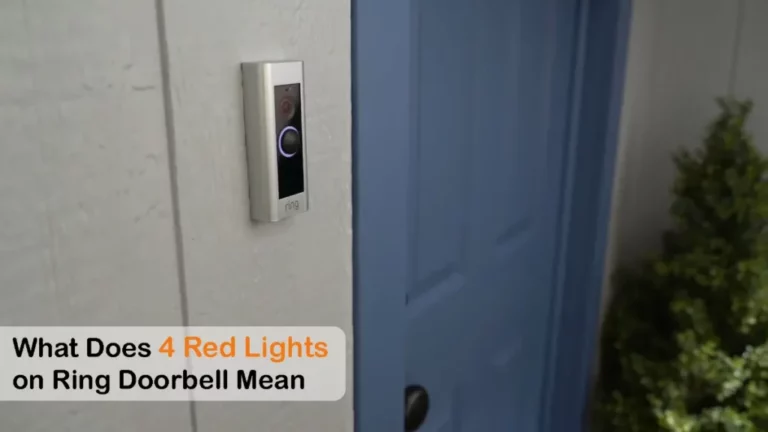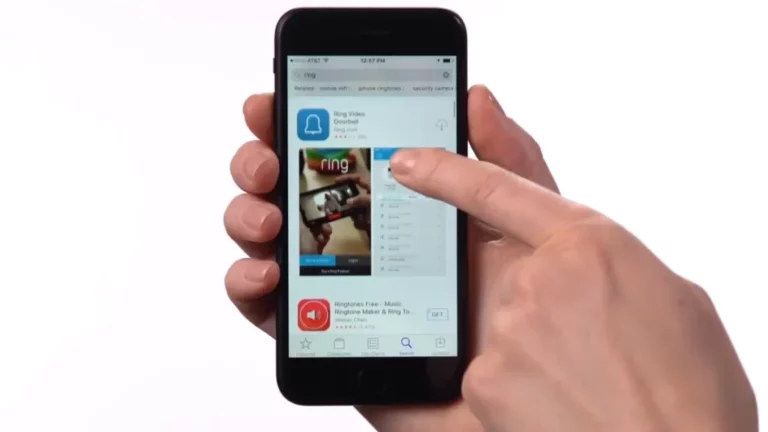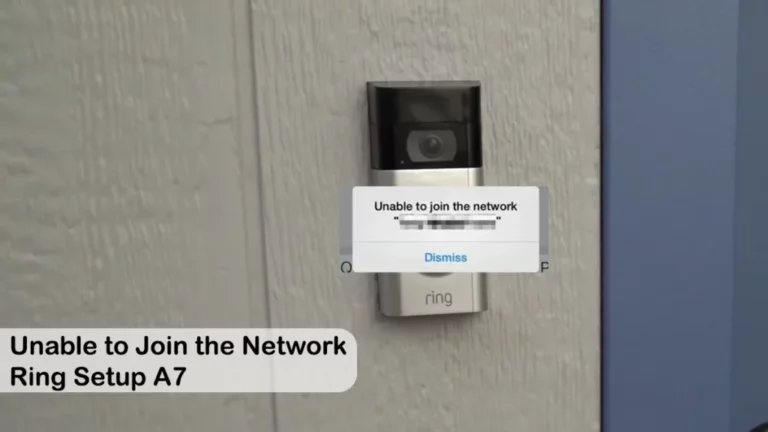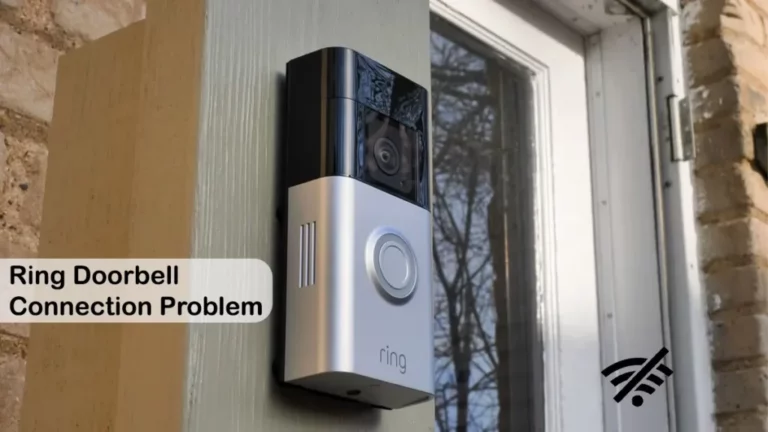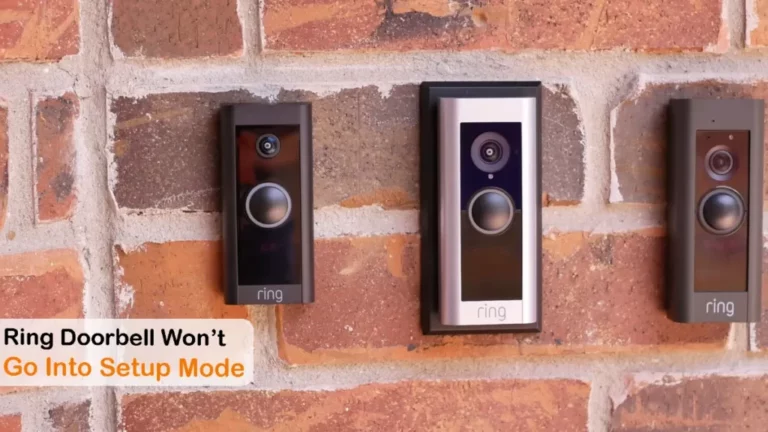Choosing the Best for Your Smart Home: Home Assistant Vs. HomeKit?
Home Assistant and HomeKit (mostly known as Apple HomeKit) are the two most popular Smart Home Automation systems.
Home Assistant is a highly adaptable open-source system that works with a wide range of devices, protocols, and platforms, while HomeKit is a user-centric platform developed by Apple Inc. that works seamlessly with all Apple devices and platforms.
Are you unsure which smart home ecosystem to choose? Continue reading this article to discover the key differences between Home Assistant and HomeKit to determine which suits your home needs best.
Key Takeaway
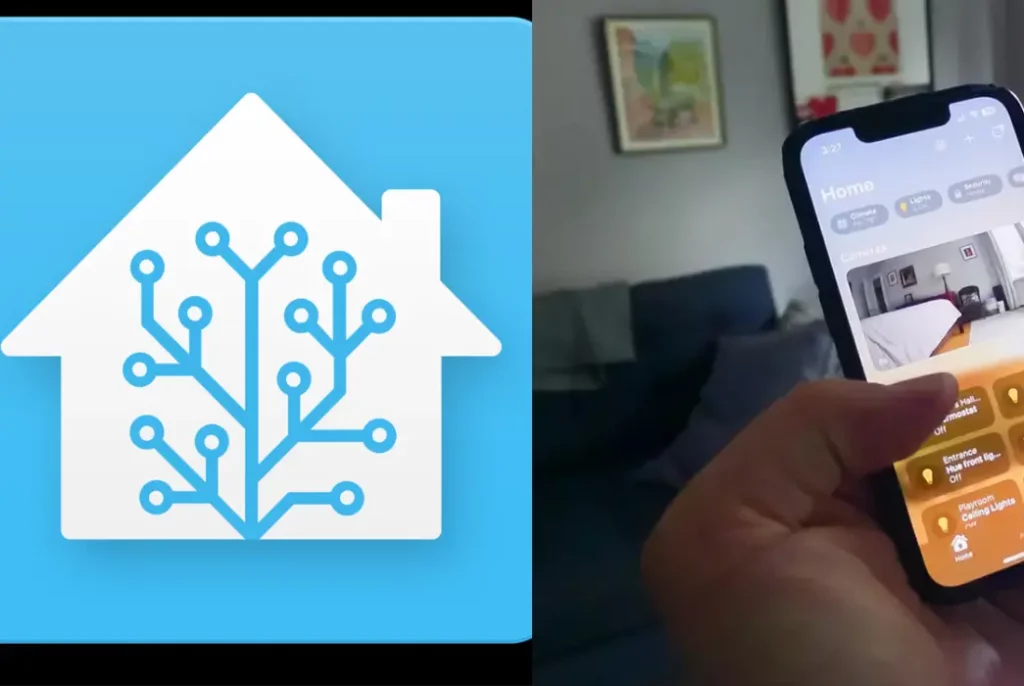
A Quick Comparison Table: Home Assistant Vs. HomeKit
| Features | Home Assistant | HomeKit |
| Compatibility | Works with a wide range of devices and platforms | Only works with Apple-specific devices |
| Customizability | Highly customizable with extensive configurability | Limited customization options |
| Automation | Advanced | Basics |
| Voice Control options | Google Assistant, Alexa, Siri and more | Only Siri |
| Integration | Integrates with various third-party services | Primarily focused on the Apple ecosystem |
| Community Support | Active and supportive online community | Limited support mainly from Apple |
| Reliability | Known for its stability and reliability | Often praised for its seamless performance |
Home Assistant and Home Kit: What’s the Difference?
Check out the Key differences between these two smart home automation systems before making your final decision-
Feature 1: Device Compatibility and Range of Integration
Home Assistant can support a broader range of integrations and protocols and does not limit you to a certain set of brands or ecosystems. You will get a more open and flexible smart ecosystem that can connect with almost every smart device available on the market.
On the contrary, Apple HomeKit maintains a more closed-range ecosystem because it only supports devices (such as iPhone, iPod, HomePod, or iPad) that follow Apple’s specific communication protocols and bear the “Works with HomeKit” logo.
However, Home Assistant has introduced an official integration (HomeKit Bridge) that can work with HomeKit devices to bridge the gap between these ecosystems. It allows Home Assistant entities to be available and compatible with Apple HomeKit so that you can seamlessly integrate both platforms. Unfortunately, HomeKit does not offer a similar cross-compatibility integration option.
Feature 2: Customizability and Flexibility
Since it is an open-source platform and allows users to integrate nearly any smart device, Home Assistant has a high level of customizability and will allow you to:
- Customize the user interfaces,
- Create complex automation,
- Use different programming languages, like YAML and Python to create your personal customized automation and integrations and
- Enjoy a next-level customization facility with its web-based interface (Lovelace), where you can personalize the dashboard, create custom cards, design unique interfaces, and leverage third-party plugins for a more personalized smart home experience.
Even though HomeKit offers a considerable number of customization options through third-party applications to add unique features and enhance the user experience, it is limited to only Apple-approved products and platforms. With HomeKit, you will get limited personalization or customization options, such as:
- creating scenes,
- automating devices, and
- setting up notifications.
Similarly, because of its broader range of compatibility with third-party devices and services, Home Assistant offers more flexibility. On the contrary, HomeKit is designed to be straightforward and highly prioritize user friendliness and security.
Feature 3: Local and Voice-Over Control
Home Assistant not only supports known communication protocols, but it also allows integrating a multitude of devices and managing them locally without using “cloud services.” It primarily operates locally and doesn’t require the data to be sent to the external server first; this may result in faster response times and better privacy.
On the contrary, HomeKit allows you to manage your smart home (only Apple-specific) devices through the Apple Home app providing a central place for better device control and automation.
Apple HomeKit is integrated with Siri and Apple’s voice assistant, while Home Assistant offers a wider range of voice control or voice assistant options since it is an open-source system. You can use Google Assistant, Amazon Alexa, or even Apple’s native option “Siri” through its HomeKit bridge controller.
However, based on user reviews, they find “Siri” less effective when executing complex voice commands than competitors like Google Assistant or Alexa.
Feature 4: Security and Privacy
HomeKit is designed to fully encrypt video feeds to ensure strong protection for user data. You can also set a unique passkey which will be known to only your router and connected accessories to keep your data more secure.
On the other hand, the open-source nature of the Home Assistant ecosystem may pose a trade-off and may require a more hands-on approach to ensure that your data is protected. Thus, as a user, you need to be more proactive to ensure your setup is secure.
Feature 5: Installation and Setup Process
In the case of setting up the Home Assistant, if you are self-installing the software on a device like a Raspberry Pi, note that this platform will need a more manual configuration.
Contrarily, HomeKit offers a pretty straightforward installation, setup, and configuration process. That is why even a beginner can easily finish the whole setup by following the correct procedures. HomeKit comes with an easier update process with minimal breaking changes, which is another advantage.
Feature 6: Costing
Because of Home Assistant’s open-source advantage, you can even install it for free or low-cost hardware such as the Raspberry Pi. However, if you wish to add the Cloud Service, you must purchase a subscription after the trial time.
Contrarily, if you’re using Apple products, there’s no need to purchase separate software to connect and use HomeKit. However, the HomeKit-compatible hardware will be expensive due to Apple’s exclusive licensing and design protocols for its authentic products.
Home Assistant Vs. HomeKit: Which One to Choose?
If you are still not sure which one will be more suitable for your home to experience the ultimate Smart Home Automation, the following pointer might help you to make the final decision:
- HomeKit will be more suitable if you are heavily invested in the Apple ecosystem or prefer a more streamlined and consistent experience with fewer devices. But Home Assistant is a better option if you want a more open system that works with a wide range of devices.
- Even if you opt for the Home Assistant instead of HomeKit, you can always bridge the gap by using a HomeKit Controller. But if you choose HomeKit, you won’t get the same option and will be stuck with integrating only Apple devices.
- Home Assistant is built for tech-savvy users who enjoy a DIY approach and have a more technical background, while HomeKit is more suitable for beginners or non-tech-savvy Apple users.
Do I need a HomeKit hub to use the Home Assistant?
If you want to integrate HomeKit-enabled devices into your Home Assistant setup, you will need a HomeKit hub, such as an Apple TV, HomePod, or iPad. Also, if you are out of your home, you will need the Matter accessories too.
FAQs
Can I Use Apple HomeKit with My Existing Home Assistant?
Yes, it is possible. Home Assistant’s “HomeKit Controller” built-in integration enables users to connect and interact with Apple HomeKit devices.
Watch the following video where the whole integration process is demonstrated most easily and if you’re interested in merging them, follow the steps thoroughly:

